Following the 2-0 defeat to Inverness earlier in the season Ian Murray was uncharacteristically frustrated.
A tough transfer window was followed by a difficult run of results to begin the season.
That defeat at the start of September left them with four defeats from their opening six matches.
They have picked up four wins and a draw from their seven Scottish Championship matches since.
After that match a usually laidback Murray pointed to two main issues: a lack of forward options and the set-up.
Formation change
The attack has been hampered due to injuries but both it and the defence have improved since the move from a 4-1-3-2 to a 4-2-3-1 – starting with the win over Ayr United.
The Raith boss said part of the reason for the switch was about adapting to the players that he has.
“I openly admitted before 4-2-3-1 is not a formation that I play very much or very often,” Murray tells Courier Sport.
“I just felt it suited our players, we were too wide open in the middle park at times and we were getting punished for it.
“We were doing all right in games but we were finding ourselves a goal down, the switch in momentum from end to end on the pitch was hurting us.”
“So I went a bit more secure in the centre of the park.”
Murray saw something click over the 90 minutes versus Inverness, calling it the best 90 minutes he’d seen from his side so far.
“The boys looked confident and knew where they had to be,” he adds.
They followed that up with an equally impressive performance, and the result to match, versus Partick Thistle on Saturday.
Spencer and Ngwenya
While the Rovers boss is very much about the system rather than individuals, two personnel changes have helped.
The return of Brad Spencer has provided this extra insurance.
Since then Sam Stanton has been unleashed further forward, recently scoring four goals across a six-game period.
“In turn our full-backs need to be more aggressive to provide a bit more attacking play,” Murray points out.
He has recently moved Liam Dick to central defence, meaning Kieran Ngweya can fulfil this role on the left.
This is ideal for when Dylan Easton, playing from the left in recent times, inevitably drifts inside – allowing Murray to retain the midfield dominance his previous 4-1-3-2 afforded.
What makes all this work is the improved mentality and confidence in the side, something that takes time, according to Murray.
“Rome wasn’t built in a day,” he continues. “The mentality is started to come into the squad.
“They were very disappointed with the defeat at Morton when they didn’t deserve it.
“They were disappointed with the point against Inverness when they didn’t get the win and they deserved it.
“It shows the demands are coming from within the players.”
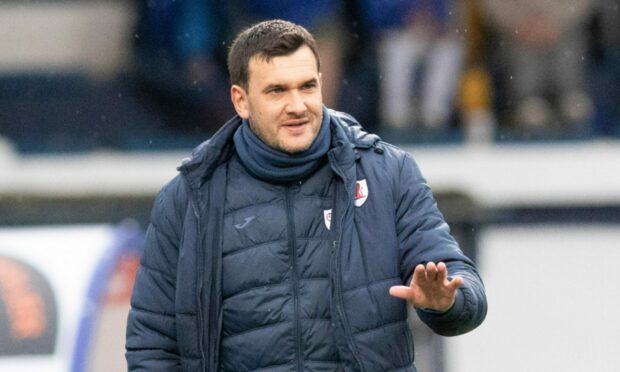
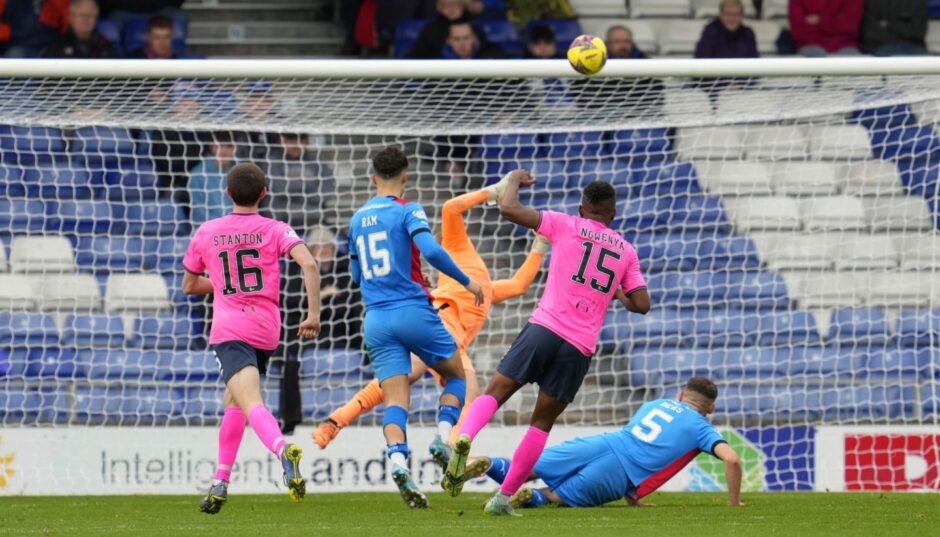
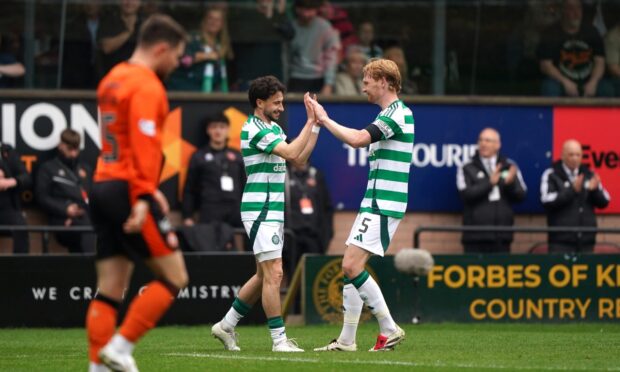
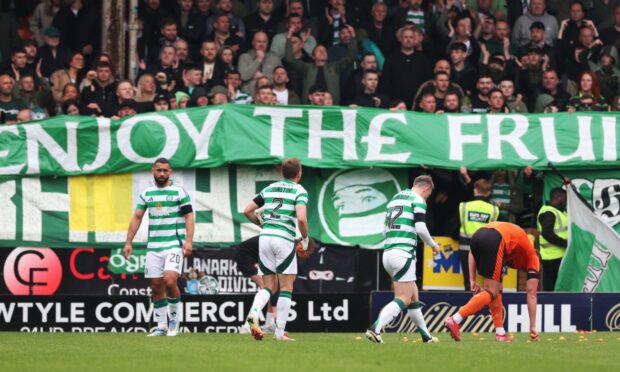
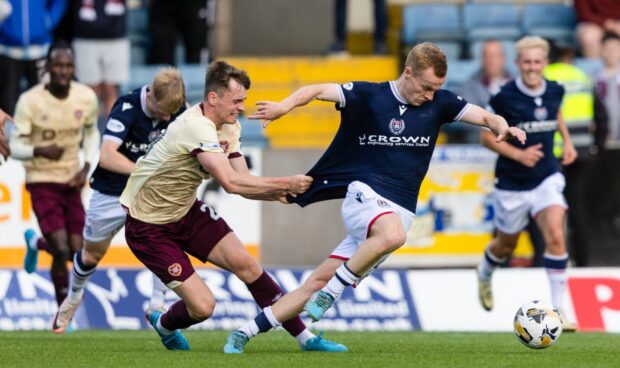
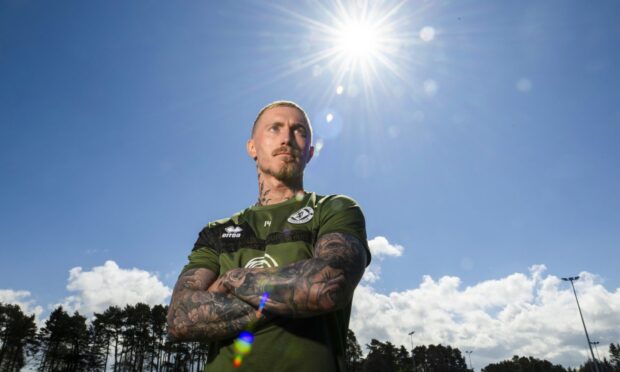
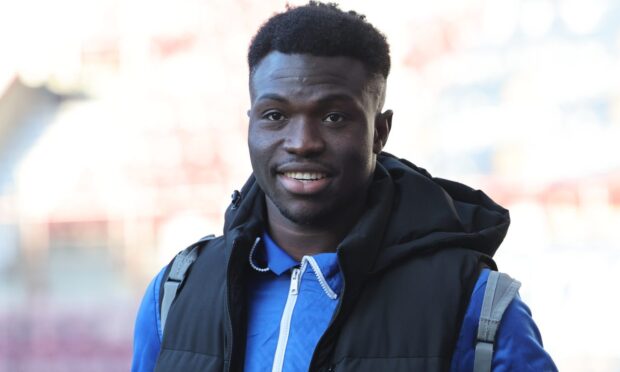
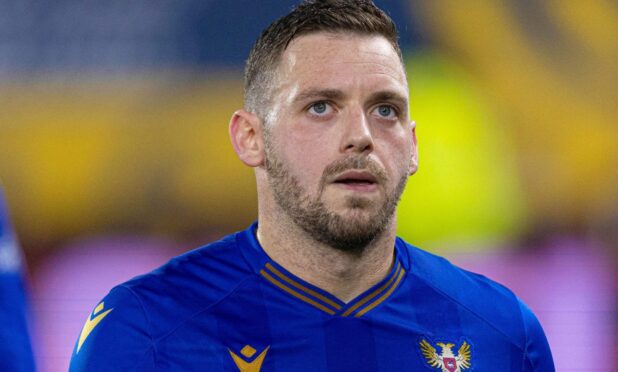
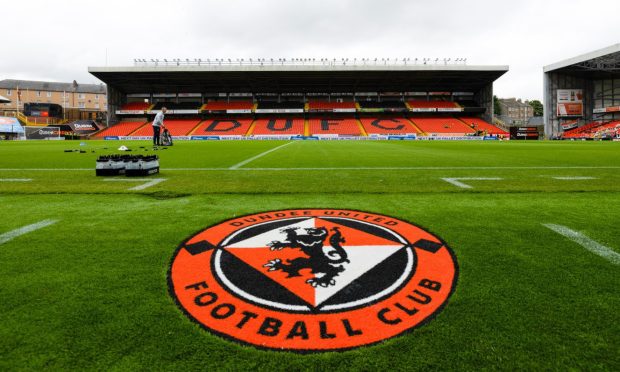
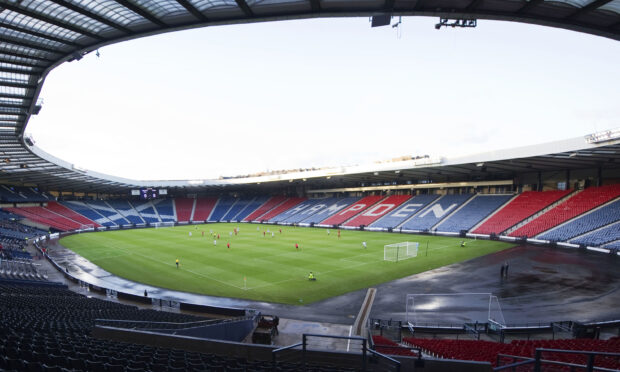
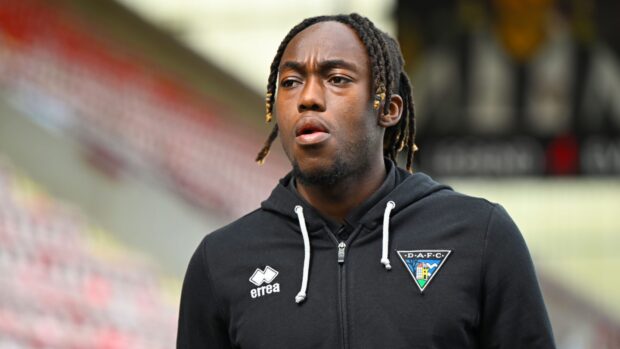
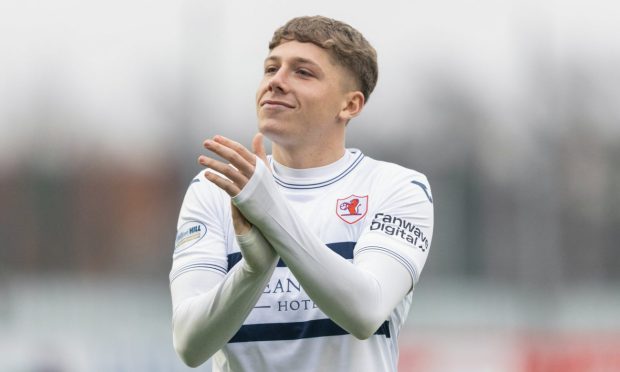
Conversation